Bob Difley
Now that we’ve solved the problems of dumping, water, and electricity and you’ve had a few nights of tether-less camping at non-hookup campgrounds or at a Walmart, let’s tackle the essence of the heart of boondocking–camping out in the boonies. So just where can you camp legally outside of designated campgrounds?
That’s the good part. There are millions of acres of public lands which are open to all forms of recreation, including camping and boondocking. Wikipedia defines and identifies public lands as, “The majority of public lands in the United States are held in trust for the American people by the federal government and managed by the Bureau of Land Management (BLM), the United States National Park Service, Bureau of Reclamation, or the Fish and Wildlife Service under the Department of the Interior, or the United States Forest Service (FS) under the Department of Agriculture. Other federal agencies that manage public lands include the National Oceanic and Atmospheric Administration and the United States Department of Defense, which includes the U.S. Army Corps of Engineers.”
Most of these public lands are open for recreational use, though the type depends on the managing agency. On Forest Service and BLM lands restrictions are minimal (BLM alone manages 253 million acres–one-eighth of the country’s landmass, but most of it is in the eleven western states), though more controlled in national and state parks where camping outside of designated campground is usually not permitted. Wildlife refuges and state wildlife management areas are managed to improve wildlife habitat, but often allow primitive (no hookups) camping, except when closed to protect mating and nesting, or to reduce stress on animals.
Public land is also leased for cattle grazing, but this doesn’t prohibit you from camping (gated private land will have signs designating it as private and will have No Trespassing signs posted. If you see a gate without a lock, you are permitted to open and go through the gate, though be sure to close it after you enter. These gates are not meant to keep you out, but rather to keep cattle from wandering off the land. These cattle leases are large and you may not even see any cattle while you are camped.
Open land camping is also permitted on many western Indian Reservations, but be sure to check with the tribal office before setting up camp. Some require a free permit, others a small fee, and others do not permit open land camping–often because they have a developed campground on the reservation that they prefer you use.
However, you will find the most acreage for open land camping on lands managed by the BLM and the Forest Service. Most boondocking snowbirds that head to the southwestern deserts for the winter camp on BLM land, which identifies some specific areas as Long Term Visitor Areas (LTVAs) in Arizona and California, and provide a central trash dumpster, sewage dump station, water source, and a host to answer questions and collect fees ($180 for the season from mid-September to mid-April, $40 for a two-week period). You are permitted to travel between LTVAs.
Outside the LTVAs camping is permitted anywhere. As the BLM puts it, “Camping on public lands away from developed recreation facilities is referred to as “dispersed camping.” Most of the remainder of public lands in Arizona are open to dispersed camping, as long as such use does not conflict with other authorized uses or occurs in areas posted “closed to camping,” or in some way adversely affects wildlife species or natural resources.” This applies also to the BLM lands in the Southern California desert.
Summer boondockers will spend a lot of their time in the 155 National Forests. The FS also manages 20 national grasslands. Together the acreage comes to 193 million acres. Again, most of the acreage is in the West, but there are several national forests in the East and South as well.
Altogether, there is a lot of land out there for free and cheap boondocking, and next week I will write about how–once you determine that you are on, or will be heading to or through public lands–you find great boondocking campsites. And as the BLM says on its website, “Please enjoy camping on public lands, and please take care of these lands like they were your own–because they are!”
Check out my website for more RVing tips and destinations and for my ebooks, BOONDOCKING: Finding the Perfect Campsite on America’s Public Lands, Snowbird Guide to Boondocking in the Southwestern Deserts, and 111 Ways to Get the Biggest Bang out of your RV Lifestyle Dollar.
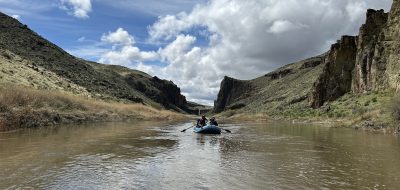
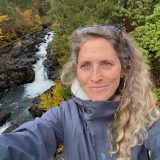
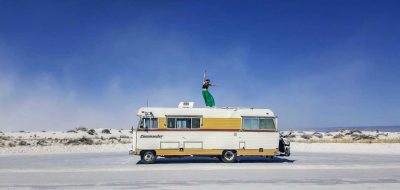
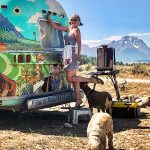
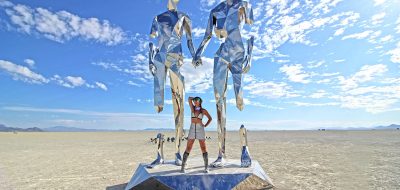

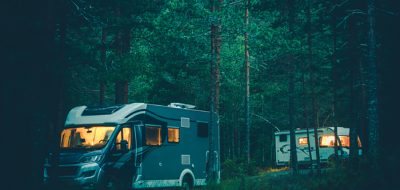

Muoi Gullick
I like the valuable information you provide in your articles. I will bookmark your blog and check again here regularly. I’m quite sure I’ll learn many new stuff right here! Best of luck for the next!
lån utan säkerhet trots betalningsanmärkningar
I have recently started a blog, and the info you offer on this website has helped me a lot. Thank you for all of your time & work.
Amada Selzer
There is visibly a bundle to identify about this. I suppose you made some nice points in features also.
colon cleanse
very rarely do i come across a blog that’s both informative and entertaining, and let me tell you, you’ve hit the nail on the head.
natural colon cleanse
This is a good style for me. thanks for the hard work.
Allen Uhde
Nice post. I be taught something tougher on totally different blogs everyday. It should always be stimulating to learn content material from other writers and follow just a little one thing from their store. I’d choose to make use of some with the content on my blog whether you don’t mind. Natually I’ll offer you a link on your web blog. Thanks for sharing.
Winnifred Kertesz
I’ve been exploring for a little for any high-quality articles or blog posts on this sort of area . Exploring in Yahoo I at last stumbled upon this website. Reading this information So i am happy to convey that I’ve a very good uncanny feeling I discovered just what I needed. I most certainly will make sure to do not forget this site and give it a glance on a constant basis.
Pingback: my homepage
butterbean carpenter
Howdy Bob,
Remember, there is VERY LITTLE PUBLIC LAND FOR USE IN TEXAS!!!! There are LOTS OF STATE PARKS, THOUGH… and Corps of Engineer Parks @ lakes,
with LOTS OF BIG BASS, CRAPPIE, CATFISH, SOME SMALLMOUTH BASS &
WALLEYE…
Thank you, for all of the information in your articles.. It is very useful…
Smooth roads & balmy breezes !!!!!!!!!
Big Bubba the 98 Safari
Fantastic series of posts, Bob. Thanks for sharing your vast knowledge and experience with us!